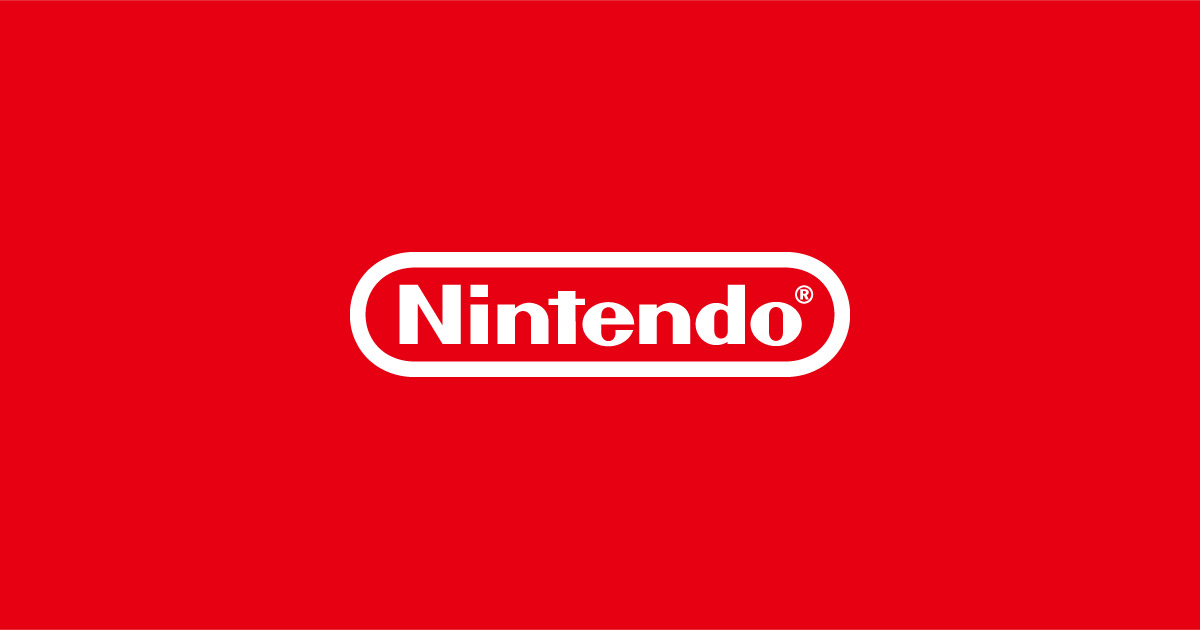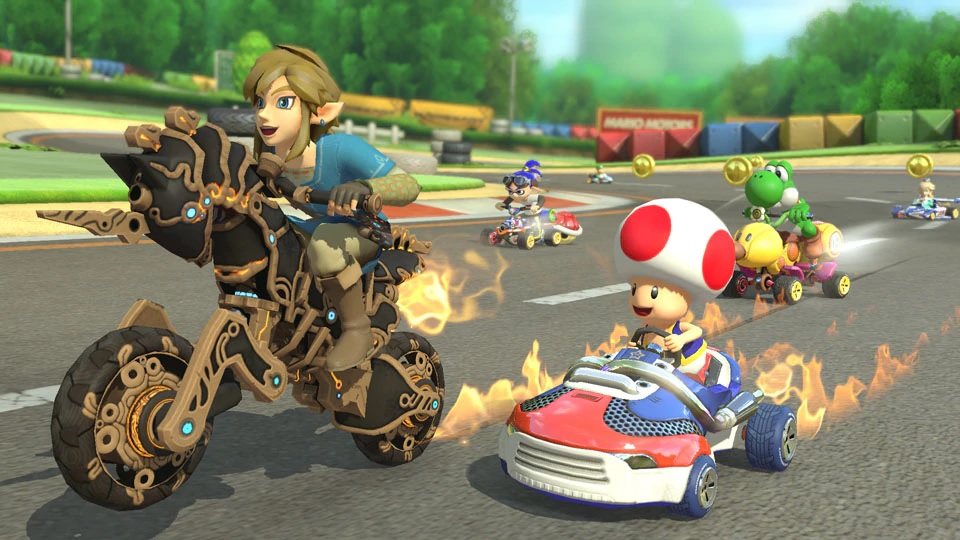In the ever-evolving landscape of Nintendo collectibles, amiibo figures have emerged as a surprising cultural phenomenon.
What began as interactive toys designed to connect with Nintendo Switch and Wii U games has rapidly grown into a vibrant collector’s market, with rare and unique variants commanding premium prices on secondary platforms such as eBay.
A recent example that garnered significant attention was the auction of a defective Princess Peach amiibo, which, due to an apparent manufacturing error, was missing both of its legs. This one-of-a-kind Princess Peach amiibo quickly captured the attention of the Nintendo collecting community.
Bidding on eBay soared, ultimately closing at an incredible $25,100—a sum that could purchase over 70 Wii U 32GB bundles or even a new vehicle.
By comparison, previous bidding wars for misprinted amiibo—including the famed dual-cannon Samus Aran error model—had peaked at $2,500, highlighting just how fervent and competitive the current market has become. In response to the remarkable sale, industry observers have voiced skepticism about whether such lofty bid amounts will actually be honored.
It remains to be seen if the seller will receive the full payment from the winning bidder.
As one team member from a leading Nintendo-focused publication noted, “Our inboxes are now flooded with more questions about amiibo than even the Wii U console itself.
While it’s at times overwhelming, it’s clear that these Nintendo figures are capturing the public’s attention like never before.” Since their launch, amiibo have consistently attracted both dedicated fans and collectors.
The ongoing pursuit of rare and unusual variants, however, has added a new dynamic to the ever-intensifying hunt for Nintendo memorabilia, sometimes resulting in what can be described as a modern-day gold rush for manufacturing defects.
The defective Princess Peach amiibo’s headline-making sale underscores just how valuable these errors can be to passionate fans. As Nintendo continues to produce amiibo for its expanding library of Switch and classic titles, the company finds itself at the intersection of gaming and high-end collectibles.
A surge of public fascination means Nintendo must not only meet fan demand but also manage the secondary market’s unpredictable nature.
For collectors and enthusiasts, the thrill of uncovering—and acquiring—a true amiibo rarity appears more exhilarating than ever.
What began as interactive toys designed to connect with Nintendo Switch and Wii U games has rapidly grown into a vibrant collector’s market, with rare and unique variants commanding premium prices on secondary platforms such as eBay.
A recent example that garnered significant attention was the auction of a defective Princess Peach amiibo, which, due to an apparent manufacturing error, was missing both of its legs. This one-of-a-kind Princess Peach amiibo quickly captured the attention of the Nintendo collecting community.
Bidding on eBay soared, ultimately closing at an incredible $25,100—a sum that could purchase over 70 Wii U 32GB bundles or even a new vehicle.
By comparison, previous bidding wars for misprinted amiibo—including the famed dual-cannon Samus Aran error model—had peaked at $2,500, highlighting just how fervent and competitive the current market has become. In response to the remarkable sale, industry observers have voiced skepticism about whether such lofty bid amounts will actually be honored.
It remains to be seen if the seller will receive the full payment from the winning bidder.
As one team member from a leading Nintendo-focused publication noted, “Our inboxes are now flooded with more questions about amiibo than even the Wii U console itself.
While it’s at times overwhelming, it’s clear that these Nintendo figures are capturing the public’s attention like never before.” Since their launch, amiibo have consistently attracted both dedicated fans and collectors.
The ongoing pursuit of rare and unusual variants, however, has added a new dynamic to the ever-intensifying hunt for Nintendo memorabilia, sometimes resulting in what can be described as a modern-day gold rush for manufacturing defects.
The defective Princess Peach amiibo’s headline-making sale underscores just how valuable these errors can be to passionate fans. As Nintendo continues to produce amiibo for its expanding library of Switch and classic titles, the company finds itself at the intersection of gaming and high-end collectibles.
A surge of public fascination means Nintendo must not only meet fan demand but also manage the secondary market’s unpredictable nature.
For collectors and enthusiasts, the thrill of uncovering—and acquiring—a true amiibo rarity appears more exhilarating than ever.






